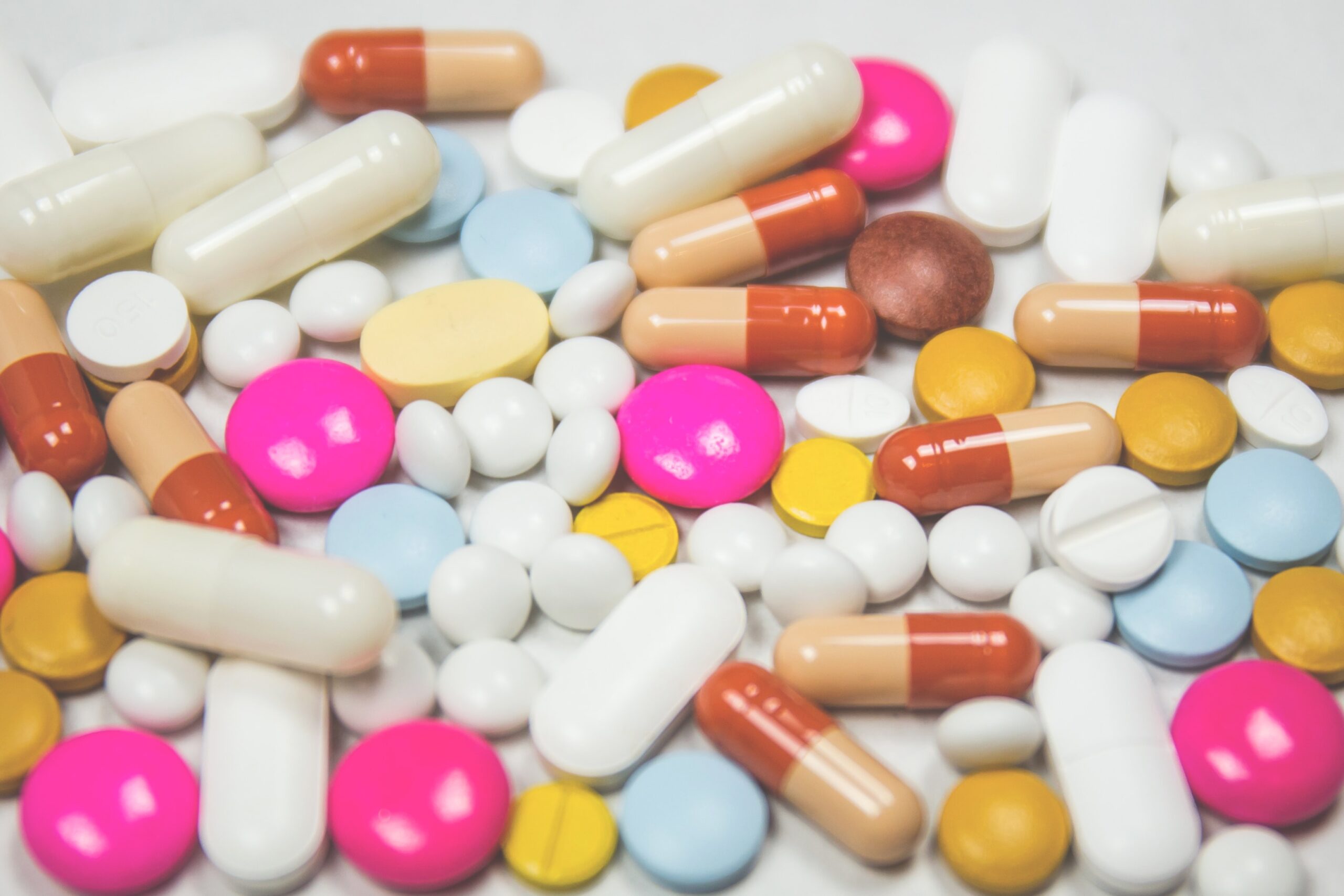What is Addiction?
“I got Xanax, Percocet, promethazine with codeine …”, raps Lil Wayne on his gold-certified album I Am Not A Human Being II. In his typical exuberant, ostentatious style, Wayne expounds on his dangerous lifestyle and narcotic-fueled escapades. It’s a triumphant moment for one of rap’s brightest stars, or so it seemed.
When the album was released, however, his words had taken on a much darker meaning. Wayne had been rushed to Cedars-Sinai Hospital in Los Angeles a week earlier after suffering uncontrollable seizures, and reports claimed that “doctors found high amounts of codeine in his system” and “Wanye’s stomach was pumped 3 times to flush the drugs from his system”. While Wayne recovered and was soon released from the hospital, and details about his hospitalization still remain murky, the episode shows what can happen when a risky habit becomes a destructive force.
Like the situation described above, prescription drug abuse is perhaps the most prevalent example of addiction in our society today, with an estimated 18 million Americans abusing prescription medications in 2017. However, addiction often has nothing to do with drugs; people can be addicted to various things, like shopping, gambling, sex, work, or almost anything else. Simply put, addiction is a consuming dependency on a particular substance or activity, with uncontrollable cravings and painful withdrawals.
Symptoms of addiction affect both the addict and those around them. The principal symptom is an intense craving that drives the addict to extreme lengths in order to get another fix. Addicts will often deny that they have a problem, neglect their responsibilities, and let their personal relationships deteriorate, all in order to continue feeding their addiction.
The cause of addiction can be traced to one of the most important chemicals in our brain, dopamine. Dopamine causes feelings of pleasure when it’s released, and humans are thus inclined to do activities or ingest substances that cause dopamine levels to increase. Ingesting drugs of abuse or engaging in activities like shopping or gambling releases lots of dopamine, so we often gravitate towards those things, doing them over and over again, making it a habit.
Eventually, our brains adapt to higher levels of dopamine, and the chemical’s effect on our brain lessens. This change means we need more of the drug or activity to get the same effect we had before. With our brain adjusted to a high dopamine level, we also start to experience physical and psychological discomfort when we don’t do the drug or activity, and our dopamine level drops. Seeking out the drug or activity and avoiding withdrawals becomes a compulsion, and we begin to lose control over our behavior. When our craving is uncontrollable, we have become addicted.
The stigma surrounding addiction is fierce, as it’s often been blamed on the mental weakness or poor character of its victims, but modern scientific research has shown us addiction is a neurological disease, capable of affecting anyone. In addition, past trauma, genetic predispositions, environment, and social ties can all place an individual at a greatly increased risk of addiction. In the future, we must continue to support individuals suffering from addiction and treat it not as a personal failure but as a serious health condition.





